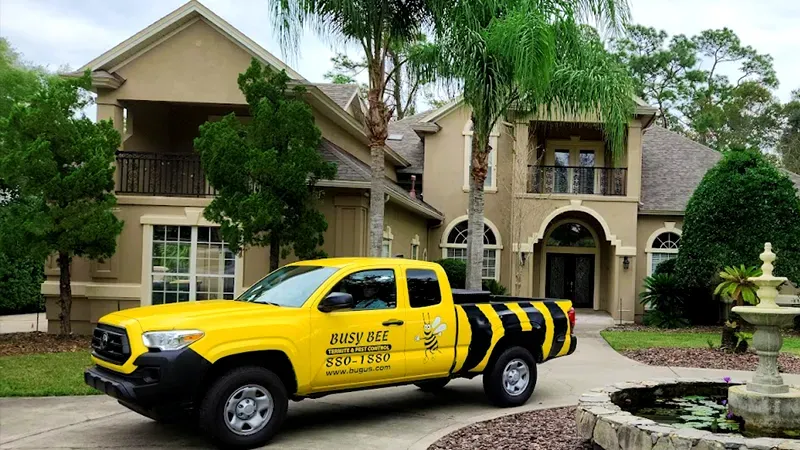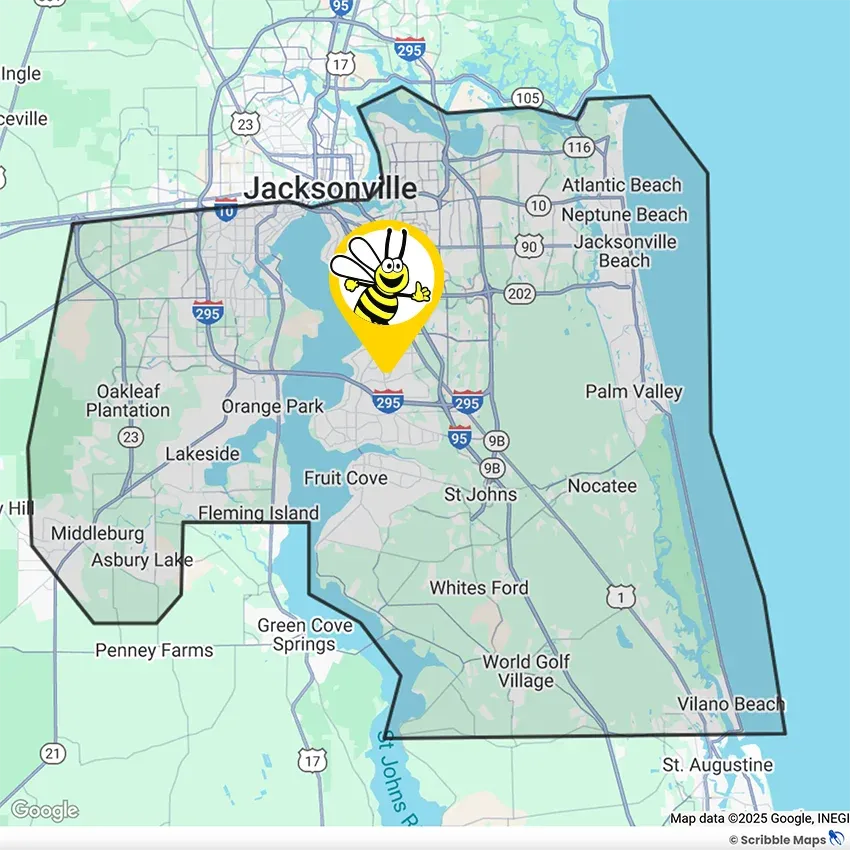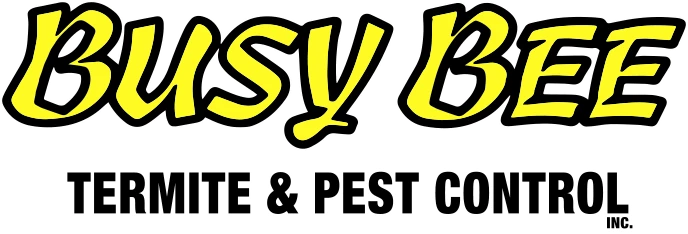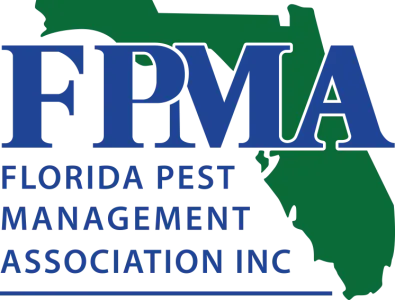Rodent Control in Jacksonville
Are you tired of sharing your Jacksonville home with unwelcome guests like rats, mice, and squirrels? With its warm climate and abundant greenery, Jacksonville, FL, is a natural magnet for these pests. But don't worry—our rodent removal service is here to help you reclaim your home from unwanted guests. Discover why Busy Bee Termite & Pest Control has been your go-to rodent exterminator in Jacksonville for over 27 years.
What Does Our Rodent Control Service Include?
- Our expert exterminators will conduct a detailed rodent inspection of your home, attic, and crawl space to identify all potential entry points.
- We use top-notch materials like galvanized sheet metal, heavy 1/4" hardware cloth, expanding foam, caulk, and concrete patching cement to seal all possible entry points.
- Strategically placed traps in the attic and understructure where rodents nest help us get rid of rats and mice effectively.
- Childproof, anchored bait stations are placed around your home's perimeter to eliminate any remaining rodents outside.
- Our team returns within 7 to 10 days to inspect and extract trapped rodents. Usually, one follow-up visit is sufficient, but more may be required in some cases.
- Our rodent-proofing service comes with a one-year guarantee and can be renewed annually at a reduced fee to ensure ongoing protection.
Don't let rodents take over your home. With Busy Bee Termite & Pest Control, you can prevent infestations and protect your property. Our comprehensive rodent control service ensures that all entry points are sealed, and any existing rodents are removed efficiently.

Detailed Rodent Inspection
At Busy Bee Termite & Pest Control, our expert rodent exterminators in Jacksonville offer a meticulous inspection service designed to locate and eliminate rodent nests and entry points. Here's what our thorough inspection process includes:
- In-Home Inspection: We carefully inspect inside your home, attic, and accessible crawl spaces to identify any signs of rodent activity.
- Identify Entry Points: Our team checks for openings in the foundation, around utility pipes, under siding, and around eaves and overhangs. Even the smallest gaps can be an entry point for rats and mice.
- Secure Doors and Windows: We ensure that all doors and windows are sealed tightly and that screens are secure and free from holes and tears.
- Ventilation Check: We examine the dryer vent for lint buildup and verify that the outside vent flap is functioning properly and closes tightly when the dryer is off.
Don't let rodents take over your home - trust the experts at Busy Bee Termite & Pest Control to handle the job.
Rodent Exclusion Services
We start by locating all openings, including small gaps as tiny as 1/4 inch for mice and 1/2 inch for rats, that could allow rodents to enter your home. Then, our exterminators use rust-resistant materials, such as galvanized sheet metal, heavy 1/4" hardware cloth, expandable foam, and caulk, to seal the gap and ensure a long-lasting barrier. Rodents are avid climbers, so we make sure to seal all openings, both high and low, around your home. Our method includes sealing gaps in foundations, around utility pipes, under siding, and around eaves and overhangs to make sure no area is overlooked.
Effective Rodent Removal
To ensure we get rid of all rodents, our expert rodent exterminators in Jacksonville use a combination of traps, bait boxes, and glue boards to ensure complete removal.
Here's how our rodent control service works:
- We begin by placing traps in the attic and understructure, the most common nesting areas for rodents, to catch any rats and mice already inside your home.
- We strategically place at least four child-resistant, anchored bait stations around the perimeter of your home. This exterior baiting ensures that any remaining rodents outside are eliminated before they can re-enter.
- Our rodent control service includes the use of glue boards in critical areas to capture any persistent rodents, providing an extra layer of protection.
Trust our experienced rodent exterminators in Jacksonville to deliver top-notch rodent control service that ensures the complete removal of rats, mice, and squirrels from your home.
Follow-Up Rodent Inspection
Once traps have been set and your home has been rodent-proofed, we schedule a follow-up visit within 7 to 10 to ensure that rodents have been removed completely. One follow-up visit typically suffices, although additional visits are available if needed. Our rodent-proofing services include a one-year guarantee and offer yearly renewal at a reduced fee, providing peace of mind and continued protection.
Trust our experienced rodent exterminators in Jacksonville to deliver top-notch follow-up rodent control service, eliminating rats, mice, and squirrels for good. Ready to say goodbye to rodents? Contact Busy Bee Termite & Pest Control today and secure ongoing protection against unwanted guests.

Areas We Service in Jacksonville
Busy Bee Termite & Pest Control is proud to service the greater Jacksonville, FL area. Check out or service area & contact as if you don’t see your city listed!







